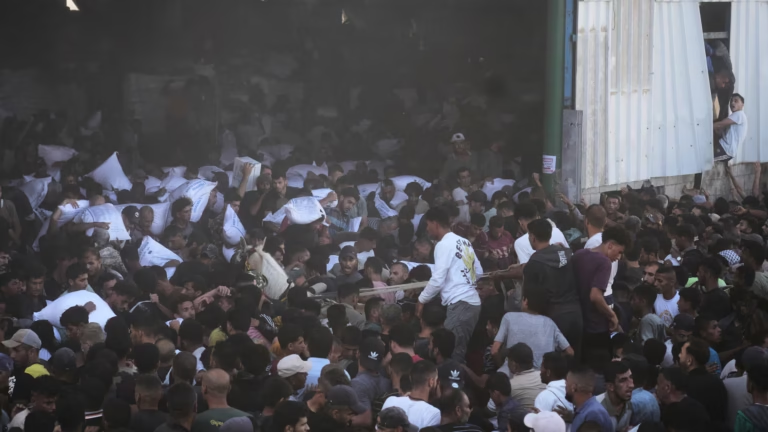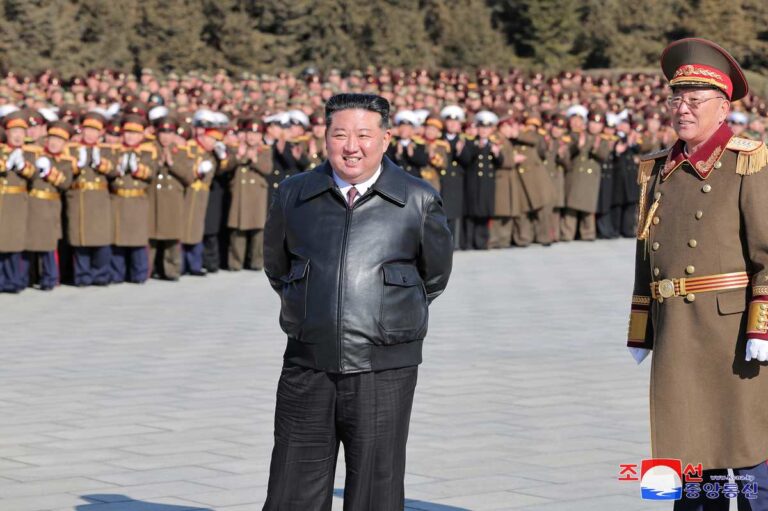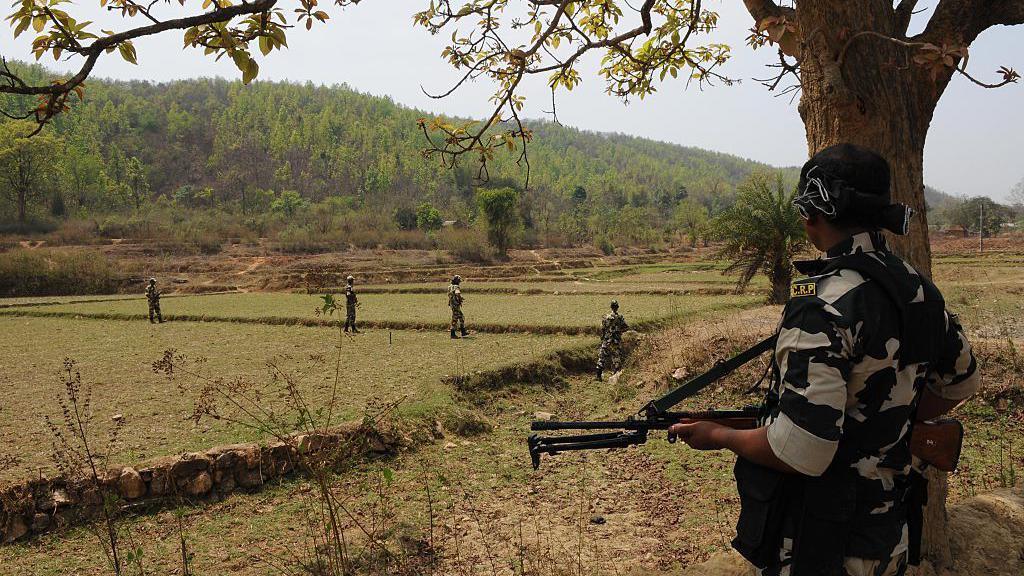
In a major breakthrough in India’s long-standing fight against Maoist insurgency, security forces have killed Nambala Keshava Rao, also known as Basavaraju, the top leader of the banned Communist Party of India (Maoist). This decisive operation took place in the dense forests of Narayanpur district, Chhattisgarh, and resulted in the deaths of 27 Maoist rebels. The death of Basavaraju, who was the general secretary and supreme commander of the Maoist movement, marks a significant turning point in India’s efforts to end the decades-old insurgency.
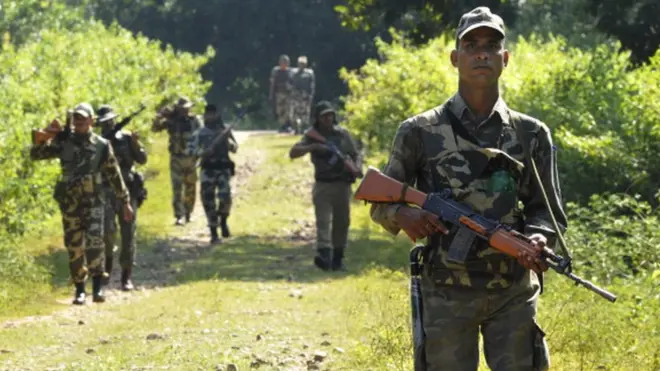
Who Was Nambala Keshava Rao (Basavaraju)?
Basavaraju was the most wanted Maoist leader in India, with a bounty of over Rs 10 crore on his head. A postgraduate engineer by training, he was the ideological and military brain behind many of the Maoists’ deadliest attacks, including the 2010 Dantewada massacre and the 2013 Jeeram ambush. For over two decades, he led the central military commission of the Maoist party, training cadres in guerrilla warfare and the making of improvised explosive devices (IEDs).
Originating from Srikakulam district in Andhra Pradesh, Basavaraju was a key figure in maintaining the operational and ideological strength of the Maoist movement, especially in the Telugu-speaking states. His death is expected to cause a major collapse of Maoist leadership in these regions.
The Operation: A 50-Hour Battle in Abujhmad Forests
The operation, codenamed “Op Kagar,” lasted over 50 hours and was conducted by Indian security forces in the remote and dense Abujhmad forests of Narayanpur district. Intelligence agencies had received credible information about the presence of senior Maoist leaders in the area, prompting a large-scale coordinated effort involving paramilitary troops, state police, and elite commando units.
During the intense gunfight, 27 Maoists were killed, including Basavaraju and other key leaders from the Maoist ranks. Unfortunately, one police officer also lost his life in the encounter. The security forces recovered weapons and explosives, further weakening the Maoist infrastructure in the region.
Why Is This Kill a Major Blow to the Maoist Movement?
Basavaraju’s death is being hailed by Indian authorities as one of the most decisive blows to the Maoist insurgency in recent history. For the first time in 30 years, a Maoist leader of his rank has been neutralized by government forces. This is significant because:
- Leadership Vacuum: Basavaraju was the backbone of the Maoist movement, providing strategic direction and military training. His loss creates a leadership gap that will be difficult to fill.
- Operational Disruption: The killing of several senior cadres alongside him disrupts the Maoists’ command and control systems.
- Psychological Impact: The death of such a high-profile leader demoralizes Maoist fighters and supporters.
- Momentum for Security Forces: It boosts the morale of Indian security forces and strengthens the government’s resolve to end the insurgency by March 2026.
Background: The Maoist Insurgency in India
The Maoist, or Naxalite, insurgency began in 1967 in the village of Naxalbari, West Bengal, as a peasant uprising against feudal landlords. Over the decades, it has grown into a violent rebellion primarily in central and eastern India, especially in states like Chhattisgarh, Jharkhand, Odisha, and Andhra Pradesh.
At its peak in the mid-2000s, the Maoists controlled nearly a third of India’s land area, with an estimated 15,000 to 20,000 fighters. They have targeted security forces, government officials, infrastructure, and civilians, claiming to fight for the rights of marginalized tribal populations and the poor.
The Indian government has deployed tens of thousands of troops and paramilitary forces to combat the insurgency, which has resulted in over 12,000 deaths of rebels, soldiers, and civilians over the years.
Government’s Resolve and Reaction
Indian Home Minister Amit Shah praised the security forces for their success, calling the killing of Basavaraju a “major breakthrough” in the fight against Naxalism. He highlighted that this was the first time in three decades that a Maoist leader of such seniority had been killed.
Prime Minister Narendra Modi also expressed pride in the security forces’ achievement, tweeting his congratulations and emphasizing the government’s commitment to ending the Maoist threat by March 31, 2026.
The government’s strategy combines military operations with efforts to improve development and governance in Maoist-affected areas, aiming to address the root causes of the insurgency.
What Does This Mean for the Future?
While the death of Basavaraju is a significant victory, experts caution that the Maoist insurgency is complex and deeply rooted in socio-economic issues. The movement has survived leadership losses before and could attempt to regroup.
However, the loss of such a senior leader weakens the Maoists’ operational capabilities and may slow down their activities. It also sends a strong message that the government is serious about ending the insurgency.
Security analysts believe that continued pressure on Maoist strongholds, combined with improved development programs, will be key to lasting peace in the region.
The Human Cost and Challenges Ahead
The conflict has caused immense suffering for local communities caught in the crossfire. Many tribal and rural populations have been displaced, and development has lagged due to insecurity.
The government faces the challenge of balancing security operations with efforts to win the trust of affected communities. Rehabilitation of surrendered Maoists, infrastructure development, and better access to education and healthcare are crucial to preventing the insurgency’s resurgence.
Summary: Key Points
- Nambala Keshava Rao (Basavaraju), top Maoist leader and general secretary, was killed in a 50-hour-long operation in Chhattisgarh.
- 27 Maoist rebels died in the encounter; one police officer was also killed.
- Basavaraju was the mastermind behind major Maoist attacks and led military training.
- His death is the first killing of a Maoist leader of his rank in 30 years.
- The government aims to end the Maoist insurgency by March 2026.
- The operation marks a major victory but challenges remain to ensure lasting peace.
Focus Keywords
Maoist leader killed, Basavaraju death, Nambala Keshava Rao, India Maoist crackdown, CPI Maoist leader killed, Chhattisgarh Maoist encounter, Naxalite insurgency India, Maoist movement India, anti-Naxal operation, Indian security forces Maoists
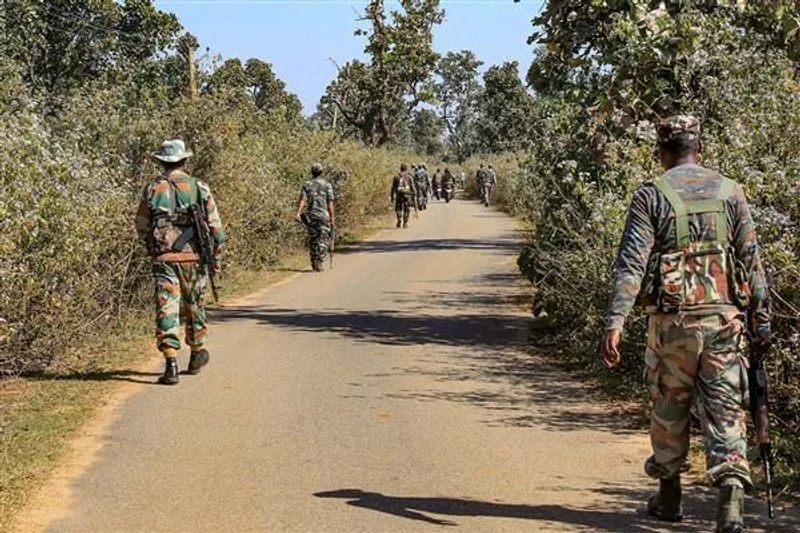
Interlink Suggestions
- For background on the Maoist insurgency, see [Understanding the Naxalite Movement in India].
- Learn about India’s counter-insurgency efforts in [How India Battles Internal Security Threats].
External Link Suggestions
- Official updates from the [Ministry of Home Affairs, India].
- In-depth analysis at [BBC News – India Maoist Conflict].

